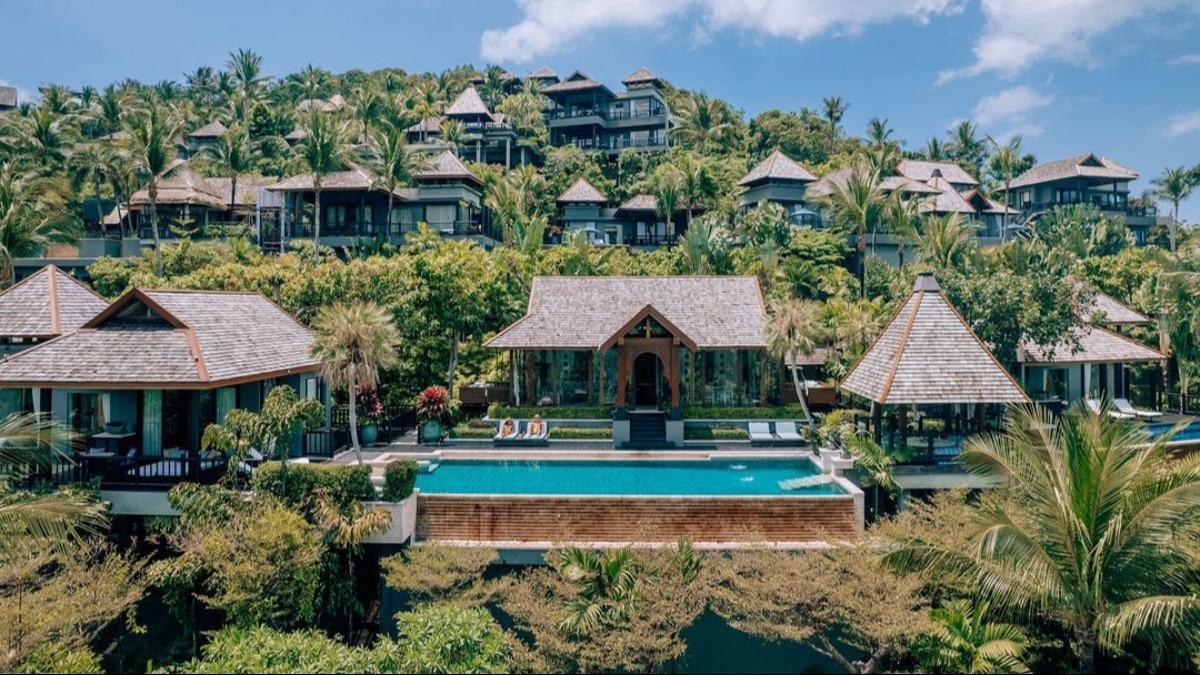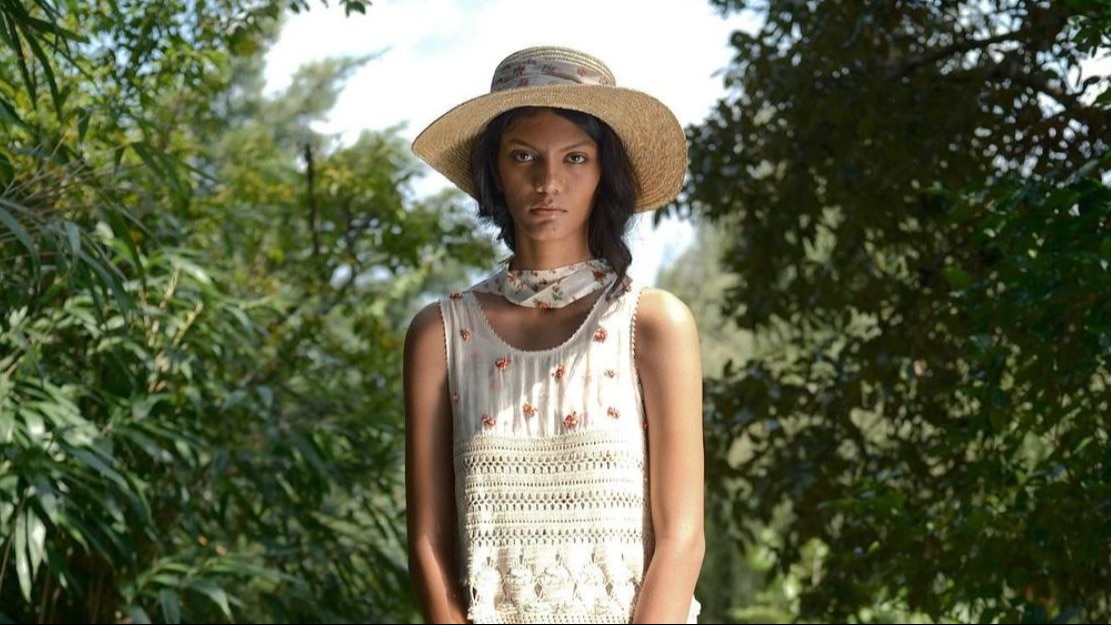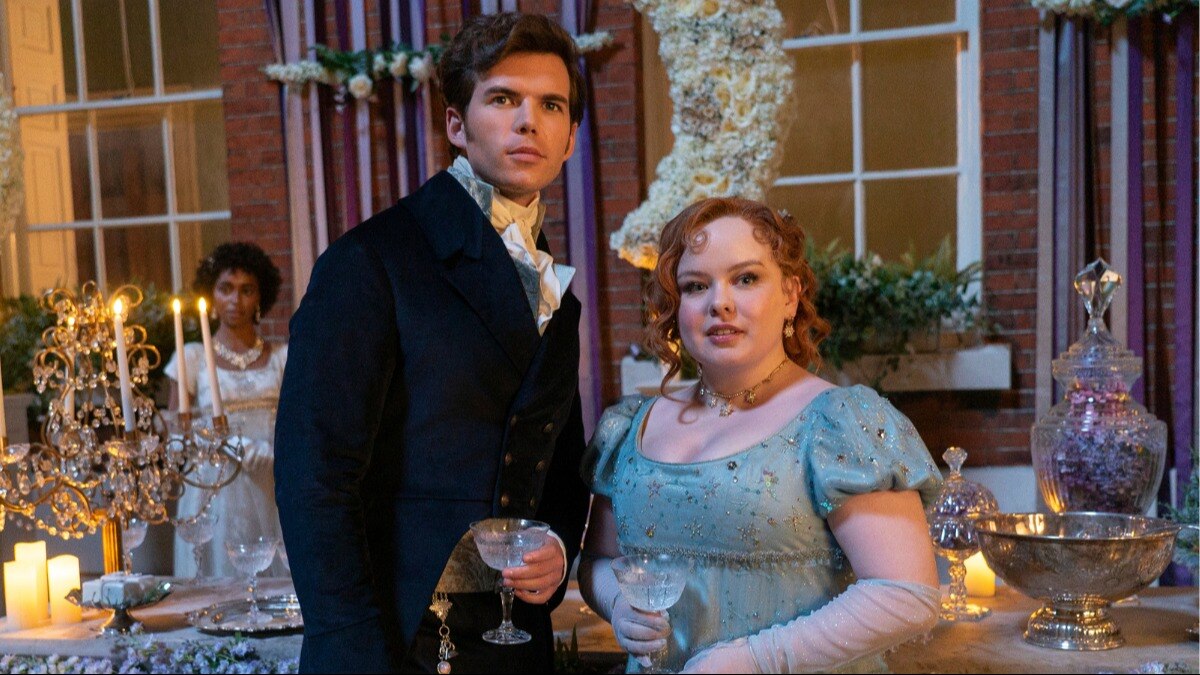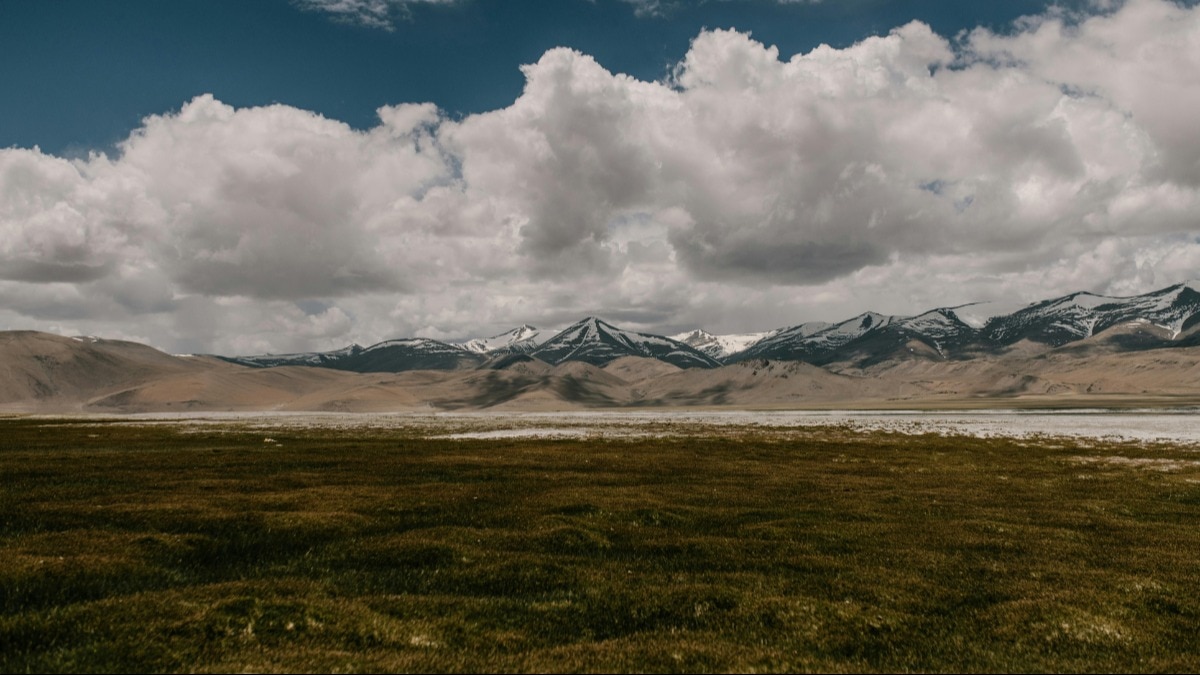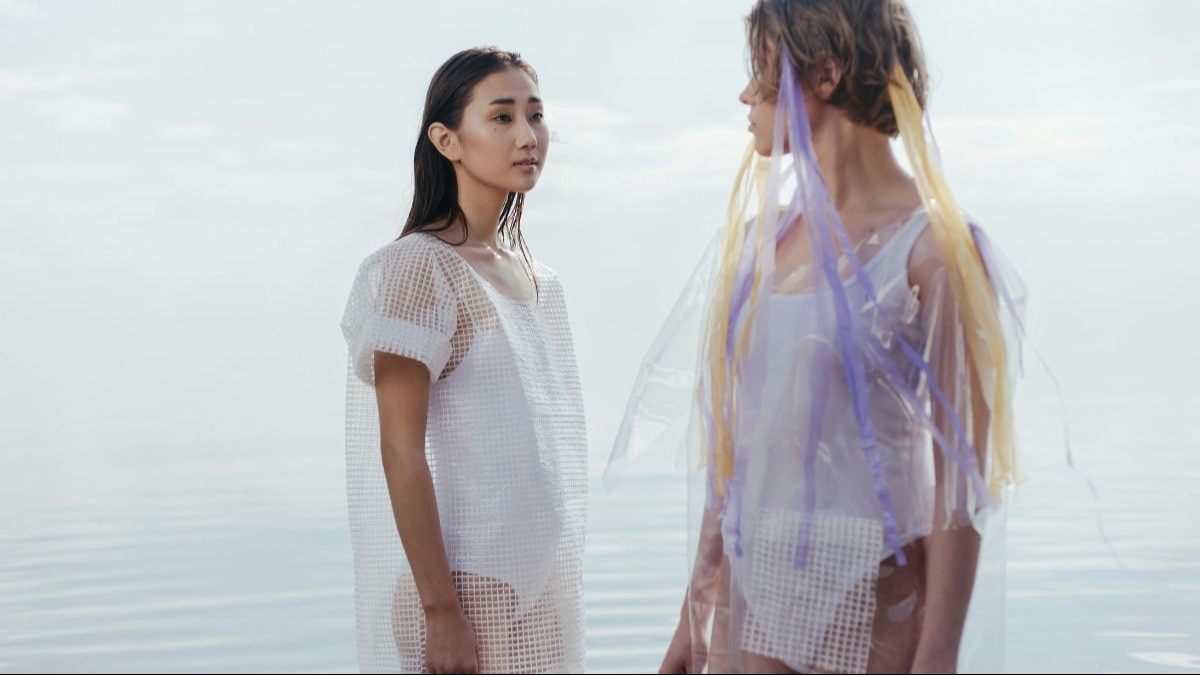
Undergoing an overdue renaissance, here's why you must make your way to this island of healing in Portugal
A historic haunt of the rich and famous, Madeira is becoming a hot favourite as a new generation of youthful, liberated, and culturally discerning travellers go in search of adventure on its rugged shores.


The river that plunges 6,000 feet from the deep, green heart of Madeira is mind-numbingly icy, having coursed through volcanic, sunless ravines into the Chao da Ribeira valley. Bone-chilling as it is, it doesn’t stop Olga, a violinist from St Petersburg and our twenty something nature guide, from stepping in and holding her breath underwater to the count of 10. She’s the kind of next-generation new ager drawn to these shores, bringing a fresh dynamic to an island determinedly shaking off its sedate image, with a pandemic-induced hiatus on the cruise ships that used to clog the port.

The allure of Madeira as a place of healing, however, goes back more than a century. The quacks and physicians of Victorian England liked to prescribe a ‘breath of air’—a spell of Madeiran winter sun and restorative seawater bathing for consumptive patients. As the treatment became fashionable, the island blossomed into as popular and glamorous an escape as the Côte d’Azur for the well-heeled, monied classes, before the Great War. They would journey here on ocean liners, then be rowed to shore, invariably to the pink confection that is Reid’s Palace—a haven of wealth and wellbeing in the capital, Funchal. A true institution, it’s where Winston Churchill came to recover from a stroke, where a burnt-out George Bernard Shaw recharged his batteries and where the washed-up Cuban dictator-in-exile Fulgencio
Batista sought succour in luxury.
Taking tea today on the chequerboard terrace overlooking the mature gardens, now 150 years old, it is easy to imagine those ladies in crinolines, under parasols, sipping on a glass of madeira or malmsey before lunch. I conjure my own favourite fictional Victorian heroine, Jane Eyre, and remember that it is her long-lost uncle from Madeira unexpectedly leaving her his fortune (earned from the malvasia grape) that enables her to return and marry Mr. Rochester at the turning point of the novel.
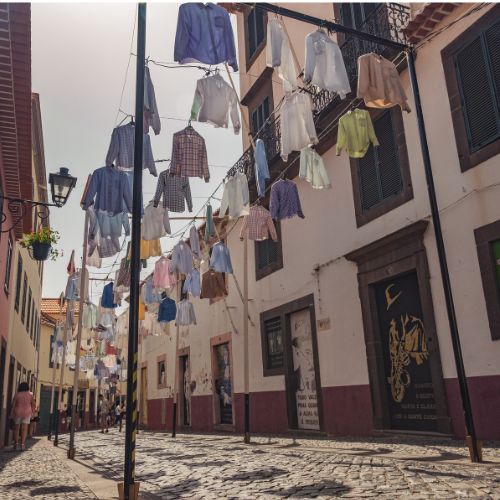
The hotel’s founder, a Scottish entrepreneur called William Reid, was one of the fortune hunters who made their names producing Madeira’s eponymous fortified wine, which remains drinkable even a century after being bottled. Their island seats—beautiful estates or quintas in terraced gardens filled with vibrant succulents and tropical blooms—make characterful, if chintzy, places to stay today, with Reid’s the undisputed standard bearer and a Victorian-era time capsule.
How different a welcome is the one that greets me at the spotless airport terminal, where a phalanx of student officials brandish complimentary PCR tests. They also offer me bananas—a reminder that this fist of land punching the sky in the wide Atlantic is geographically closer to Africa, even though it’s part of the EU. An outpost of Portugal, it achieved autonomy decades ago, which allowed the island to manage its own borders during the pandemic. The low Covid infection rates and an open-door policy became a clarion call for eco-warriors, yogis, surfers and digital nomads—a tribe of people who, like Olga, are seeking a freer, healthier, outdoor lifestyle in these disaffected times.
Where formerly they might have descended on Bali with their surfboards and yoga mats, and enrolled their kids at the Green School, this fluid generation of travellers are gravitating to Madeira.
With some legendary point breaks discovered by the surfing elite as far back as the 1970s, as a ‘scene’ it has remained under the radar until, perhaps, now. At Jardim do Mar, you can watch the surfers’ daring acrobatics through 50-foot waves in competitions from September to April. And as boutique hotels, craft businesses, vegan outlets and yoga centres start to proliferate, these in turn attract a younger, hipster crowd. At sunny Ponta do Sol, a government initiative offering free workspaces has attracted more than 5,000 new residents to the island’s first digital-nomad community; even the venerable old Savoy Palace hotel has co-working areas today.

Simon and Mercedes Sieff are one such entrepreneurial couple. Towards the end of 2021, they decided to launch an offshoot of their award-winning Yeotown health retreat in Madeira, lured in part by its accessibility (flights are four hours from London or Bristol, and a new direct route from New York was introduced last year). But the island also ticked other boxes: year-round sunshine, great local produce from fertile volcanic soil for plant-based detox regimes, and the wonderfully characterful 17th-century Quinta das Vinhas as a base for their retreat. The farmhouse, painted oxblood red, sits in the middle of a 15-acre organic estate, with a vineyard and several tiered swimming pools with wide views of the sea and the sunsets beyond. Best of all, as far as the Sieffs were concerned, there is no shortage of hiking opportunities in this landscape built on the vertical. In my five days with Yeotown, we walked around the high plateau area of Paul da Serra to the Fanal, a UNESCO-protected laurel forest whose gnarled 500-year-old trees emerge like ghosts from the morning mist and mizzle, bearded in white lichen that only grows when the air is this pure and unpolluted. We overcame vertigo to ascend serrated mountain peaks, now standing above cloud level, and crocodile-filed along some of the 3,000 kilometres of moss-covered, ancient stone waterways called levadas. These criss-cross the island, linking the sunnier, dry southern part—where the Yeotown estate is located—with the wet and tropical northern slopes. The trails are often interspersed with waterfalls into which you can dunk your weary limbs, while other paths lead down to vast natural seawater pools sheltered from the raking surf by bulwarks of volcanic boulder and rock.
Just as surprising and dramatic as Madeira’s otherworldly, varied geography is the ingenuity of a people who blasted through the rocky heart of the mountain stronghold, who built cobbled pathways on vertiginous cliff sides and eked out an existence on tiny terraced strips of cultivated soil, growing maize, bananas, grapes, and citrus. It must have taken a hefty dose of determination, idealism, mysticism, or madness to lead the lives of the 17th-century Jesuit priests of Faja dos Padres, who resided on a rocky outcrop beneath one of the towering cliffs, where they tended to the production of the malmsey wine. Today, the coastal plot and organic farm and vineyard is managed by the grandchildren of a fisherman who bought this land, long abandoned by the priests, for a song. They harvest the malvasia grape and bottle the malmsey in the old-fashioned way, ageing it slowly in wooden casks.
Since the millennium, there has at least been a cable-car that glides 500 metres down from the summit of the sheer Cabo Girao cliff to land at a beach club with a difference. The black-sand seafront cradles a handful of rental cottages, while a restaurant serves the famous wine alongside a menu offering battered black-scabbard fish, with fried banana from the surrounding groves. But when the cable-car shuts at 6 pm, once again the place is isolated from the outside world. Still, now more than ever, technology means never having to disconnect completely. Increasing numbers of Madeirans who, historically, have had to migrate to make a living, mostly to Venezuela or South Africa, are at last choosing to return. They bring new energy and skill sets to this island on the cusp. For them and the younger generation,inhabiting liminal spaces between land and sea, close to nature and the elements, is what it means to be living the dream.
Catherine Fairweather’s podcast ‘The Third Act’ is available online. Quinta Do Vinhas (www.qdvmadeira.com) is the home of Yeotown Madeira (www.yeotown.com). Belmond Reid’s Palace (www.belmond. com). Casa Velha do Palheiro (www.palheironatureestate.com)
This piece was originally published in the July/August 2022 issue of Harper's Bazaar US.



